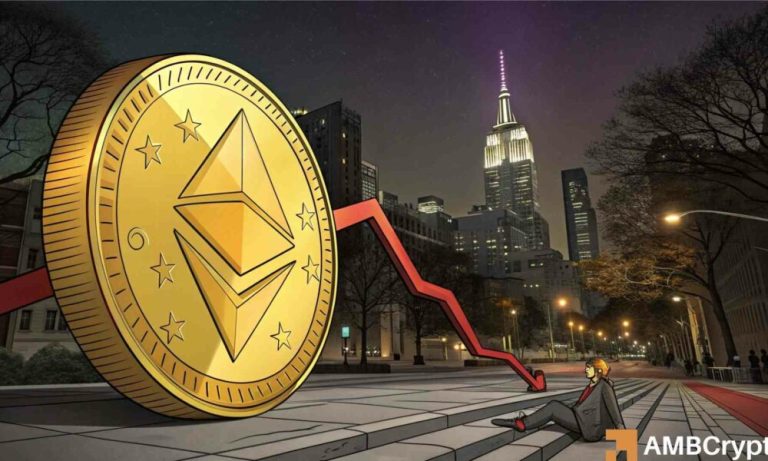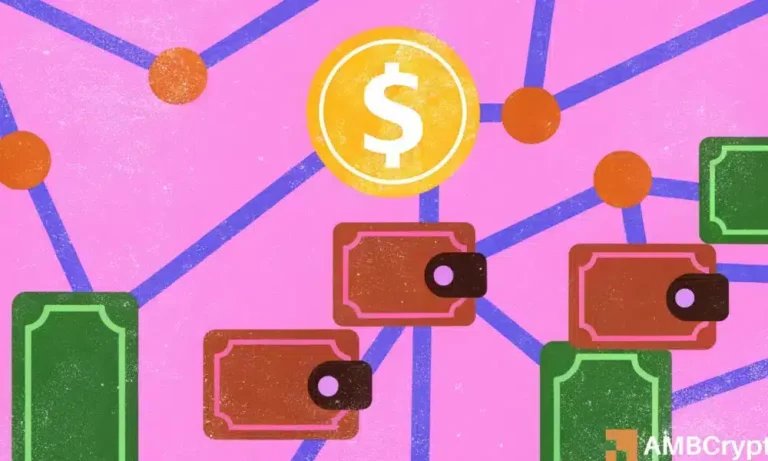
Cultural Shifts and Societal Trends Leading to 2025
Cultural shifts and societal trends are constantly evolving, and the next few years will be no exception. As we approach 2025, it’s essential to understand the key changes that will shape the future. Cultural shifts and societal trends leading to 2025 will have a significant impact on various aspects of our lives, from technology and environment to social justice and economy.
Section 1: Technological Advancements
The world is on the cusp of a technological revolution, with advancements in artificial intelligence, blockchain, and the Internet of Things (IoT) set to transform industries and societies. These technologies will continue to shape the future, with potential applications in fields like healthcare, finance, and education. For instance, AI-powered chatbots will become more prevalent in customer service, while blockchain will enhance security and transparency in various transactions.
The rise of remote work and virtual communication will also continue, driven by the COVID-19 pandemic and the need for social distancing. This shift will have significant implications for urban planning, transportation, and social interactions. Moreover, the increasing use of virtual and augmented reality will change the way we experience entertainment, education, and social interactions.
Section 2: Environmental Concerns
Environmental concerns will remain a top priority, with climate change, sustainability, and conservation becoming increasingly important. The world will continue to transition towards renewable energy sources, such as solar and wind power, and away from fossil fuels. Governments and corporations will invest heavily in green technologies, and individuals will be encouraged to adopt eco-friendly practices.
The concept of circular economy will gain traction, with companies focusing on reducing waste, recycling, and reusing materials. This shift will have significant implications for industries like fashion, packaging, and manufacturing. Furthermore, the growing awareness of environmental issues will lead to increased activism and advocacy for policy changes and sustainable practices.
Section 3: Social Justice and Economy
Social justice and economy will be closely intertwined, with issues like income inequality, racial justice, and gender equality taking center stage. The world will continue to grapple with the consequences of globalization, technological change, and shifting demographics. The rise of the gig economy and freelance work will continue, with implications for labor laws, social security, and worker rights.
The growing awareness of mental health and wellness will lead to increased investment in mental health services, and a greater emphasis on self-care and stress management. The role of social media in shaping our perceptions and behaviors will also come under scrutiny, with concerns about online harassment, fake news, and digital addiction. Moreover, the increasing importance of diversity, equity, and inclusion will lead to more initiatives promoting cultural competency and social cohesion.
Section 4: Demographic Changes and Urbanization
Demographic changes and urbanization will continue to shape the world, with significant implications for housing, transportation, and social services. The world’s population is projected to reach 9.7 billion by 2025, with the majority living in urban areas. This trend will put pressure on cities to provide adequate infrastructure, services, and amenities for their growing populations.
The aging population will also have significant implications for healthcare, social security, and pension systems. The increasing diversity of urban populations will lead to more cultural exchange, innovation, and creativity, but also pose challenges for social cohesion and community building. Furthermore, the growing awareness of urban planning and design will lead to more sustainable, livable, and resilient cities.
Section 5: Conclusion
In conclusion, the cultural shifts and societal trends leading to 2025 will be shaped by a complex interplay of technological, environmental, social, and economic factors. As we navigate these changes, it’s essential to prioritize adaptability, resilience, and sustainability. By understanding these trends and their potential impact, we can work towards creating a better future for all.






